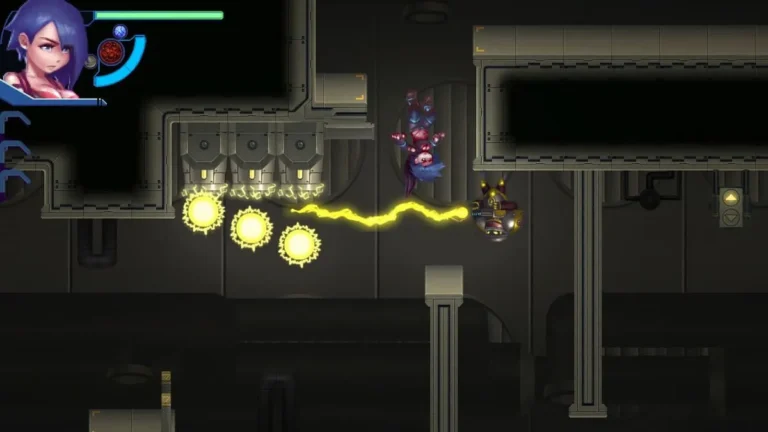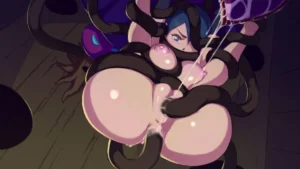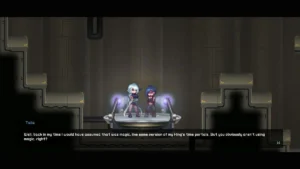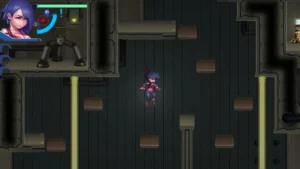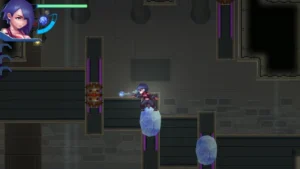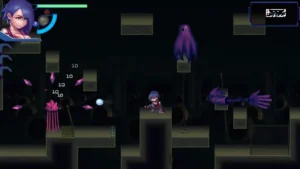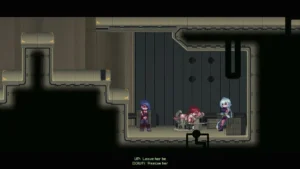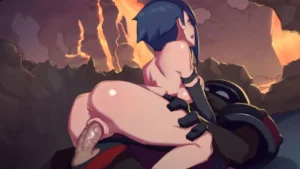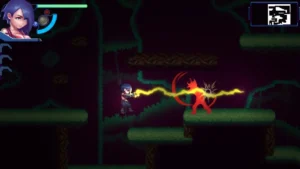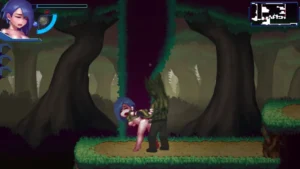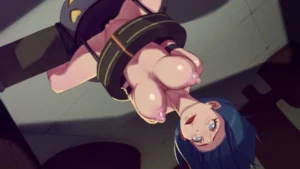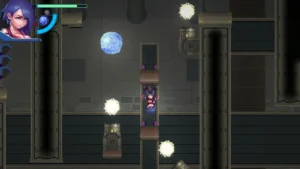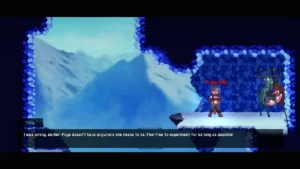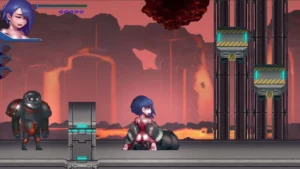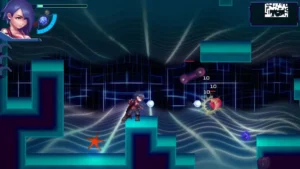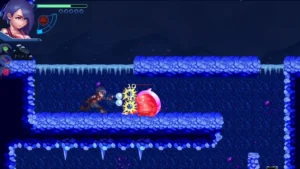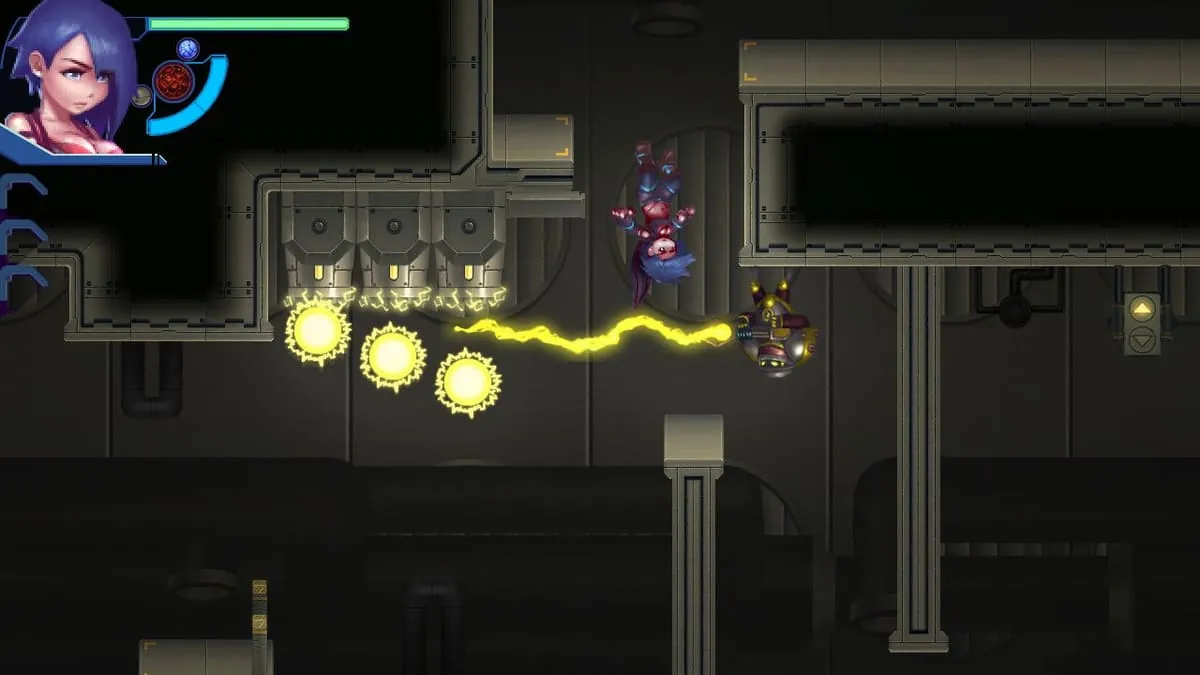
Future Fragments review
Explore gameplay mechanics, story depth, and what makes this sci-fi adventure stand out
Future Fragments represents a modern evolution in adult gaming, blending classic platformer mechanics with engaging storytelling and full voice acting. This science fiction adventure follows two protagonists sent to a dystopian future where a totalitarian organization called WORM has outlawed intimate relationships. The game combines action-packed combat, strategic platforming, branching narrative choices, and mature content into a cohesive experience. Whether you’re interested in the gameplay mechanics, character development, or the unique narrative approach, Future Fragments offers substantial depth beyond its adult-oriented premise. This comprehensive guide explores what makes this title a standout in its genre.
Gameplay Mechanics and Core Features
Let me tell you about the first time I booted up Future Fragments. I expected a solid platformer, maybe some cool combat. What I got was a complete reinvention of the genre that had me hooked from the opening tutorial. 😲 The Future Fragments gameplay mechanics aren’t just a collection of systems; they’re a carefully crafted dance between precision platforming and deeply interactive encounters that constantly kept me on my toes.
The genius of this game lies in how it seamlessly blends these elements. You’re not just jumping from platform to platform, and you’re not just fighting enemies. You’re navigating a living, breathing world where every action has a consequence, and every enemy encounter is a strategic decision. It’s this unique fusion that makes learning how to play Future Fragments such a rewarding experience. You’re not just learning controls; you’re learning a new language of interaction.
Ready to dive into the nuts and bolts? Let’s break down what makes this sci-fi adventure tick. 🚀
Platform Action and Combat System
The moment you take control of the protagonist, Talia, you feel the responsiveness of the controls. This isn’t a floaty, unpredictable platformer. Every jump is precise, every dash is immediate. The platformer combat system is built on this foundation of tight control, creating a flow that feels incredibly satisfying. You’ll be dashing through laser grids one moment and engaging with foes the next, all without a hiccup in the gameplay fluidity.
The control scheme is elegantly simple, which is perfect because the situations you find yourself in are anything but. You primarily use the X and Z buttons to navigate the world and its unique challenges. Think of the ‘X’ button as your “Action” or “Progress” button, while ‘Z’ is your “Cancel” or “Escape” button. This duality is at the heart of the interactive gameplay features.
Pro Tip: Don’t button mash! During my first playthrough, I panicked and just hammered keys. The game rewards deliberate, timed inputs. Learning the rhythm of encounters is key to success.
What truly sets Future Fragments apart from any other game in the genre is its approach to conflict. Forget just slashing or shooting enemies. The core of the enemy encounters mechanics revolves around interactive scenes. When certain conditions are met, Talia can engage with enemies in a more personal, strategic way. This is where the game’s unique identity shines. You’re not just depleting a health bar; you’re navigating a dynamic situation where your choices directly impact the outcome.
To give you a quick overview of how these systems fit together, here’s a breakdown:
| Gameplay Element | Control/Mechanic | Primary Function | Impact on Progression |
|---|---|---|---|
| World Navigation | Arrow Keys / D-Pad | Move Talia through the environment | Access new areas and secrets |
| Core Interaction | X Button | Initiate actions, progress encounters | Unlocks new paths and story beats |
| Escape & Cancel | Z Button | Break out of encounters, cancel actions | Preserves health and allows for retreat |
| Enemy Engagement | Contextual (X) | Begin interactive encounter sequences | Primary method of resolving conflicts |
| Ability Usage | Number Keys / Combos | Activate unlocked character abilities | Opens up new combat and platforming strategies |
The platforming difficulty progression is masterfully handled. Early levels teach you the basics of movement and introduce you to the concept of encounters in a safe environment. But soon, the game starts combining platforming challenges with the threat of enemy engagement. You might need to perform a tricky jump sequence while being pursued, forcing you to decide: do you try to outmaneuver them, or turn and face the situation head-on? This constant, dynamic risk-reward calculation is exhilarating. 💫
Character Progression and Abilities
Talia starts her journey capable, but it’s through the character abilities Future Fragments offers that she truly becomes a force to be reckoned with. This isn’t a simple “get +5% damage” upgrade tree. The abilities you unlock fundamentally change how you interact with the world and approach encounters. I remember unlocking the “Phantom Dash” ability about a third of the way through the game, and it felt like I was playing a whole new game. Suddenly, platforming sections I found difficult became trivial, and new, more complex paths opened up.
Your progression is tied directly to your success in the game’s interactive encounters. Making specific choices and achieving certain outcomes will grant you “Fragments”—essentially experience points—that you can spend to unlock new skills in a web-like ability tree. These can be broadly categorized into three paths:
- Movement Enhancements: 🏃♀️ These abilities directly affect your platforming prowess. Think double jumps, air dashes, and wall-clinging. Mastering these is non-negotiable for accessing hidden areas and surviving the later game’s brutal platforming challenges.
- Encounter Proficiency: This branch focuses on giving you more options and advantages during the game’s signature interactive scenes. You can unlock abilities that make it easier to break free, influence the outcome more effectively, or even gain greater rewards from successful encounters.
- Utility and Defense: These are your survival tools. Abilities that grant temporary shields, regenerate health out of combat, or reveal secrets on the map fall into this category. They are essential for managing the game’s difficulty curve.
The beauty of the system is that it encourages multiple playstyles. On my first run, I focused heavily on Movement and Utility, playing a more evasive, exploration-focused game. On my second, I dove deep into Encounter Proficiency and found a much more aggressive, high-risk-high-reward style was possible. The Future Fragments gameplay mechanics are designed to support this experimentation, making each playthrough feel unique. The character abilities Future Fragments provides are the tools that enable this diversity.
Exploration is heavily rewarded. 🗺️ While you can progress through the main story by following the critical path, the most powerful abilities and upgrades are almost always tucked away in secret areas that require sharp eyes and platforming skill to reach. I spent a good twenty minutes trying to chain a series of difficult jumps to reach a hidden platform, and the powerful ability I found there was absolutely worth the effort. This loop of exploration -> reward -> empowered ability -> further exploration is incredibly compelling.
Interactive Encounters and Enemy Mechanics
This is the heart and soul of the Future Fragments experience, and it’s where the game truly innovates. The enemy encounters mechanics replace traditional combat with a system that is both more personal and more strategic. When you engage an enemy, you don’t enter a battle arena; you enter a dynamic, interactive sequence where your inputs and choices matter.
The core loop of an encounter is straightforward but deeply engaging:
- Initiation: You approach an enemy and use the context-sensitive ‘X’ button to begin the engagement.
- Interaction: A sequence begins where you must pay close attention to on-screen prompts and the enemy’s behavior.
- Action/Reaction: This is where your skill and upgrades come into play. You can choose to progress the encounter by following prompts, or you can attempt to break free.
So, how do you break out? This is a common question, and the answer is part of what makes the system so tense. By rapidly tapping your attack buttons (or using specific ability-enhanced commands), you can fill a “Break Free” meter. Succeed, and you’ll escape the encounter, often leaving the enemy vulnerable or stunned. Fail, and you’ll suffer consequences, usually a significant chunk of health. Learning the specific rhythm and resistance of different enemy types is a crucial skill. 🎯
The enemy encounters mechanics are not one-size-fits-all. The game features a wide variety of foes, each with their own unique engagement patterns, strengths, and weaknesses. A small, agile enemy might require quick, rapid taps to overcome, while a larger, more powerful foe might have a more complex pattern you need to decipher. This variety ensures that the interactive system never feels stale or repetitive.
Your choices during these moments have tangible effects on the game. There are no “game over” screens from failing an encounter, but there are significant trade-offs.
- Health Management: A successful encounter will often restore your health or provide a temporary buff. A failed one will damage you. Your skill in these moments directly impacts your survivability, especially during long stretches between checkpoints.
- Resource Gain: As mentioned, performing well in encounters is the primary way to earn Fragments for ability upgrades. Playing aggressively and successfully engaging with enemies will make your character stronger faster.
- Story and Progression: ⏩ Certain key story moments are gated behind encounters. Your performance and choices in these pivotal scenes can influence which path you take through the game’s narrative, adding a layer of consequence to your actions.
The game expertly teaches you all of this through a fully voiced, integrated tutorial that feels like a natural part of the story. It doesn’t just dump text on you; it puts you in controlled scenarios and guides you through the Future Fragments gameplay mechanics step-by-step. By the time the tutorial is over, you’re not just informed—you’re prepared.
The platforming difficulty progression and the challenge of the enemy encounters mechanics exist in a perfect, delicate balance. The game never feels unfairly punishing in both areas at once. A brutally difficult platforming section might have fewer or weaker enemies, while an area teeming with powerful foes will have more straightforward navigation. This thoughtful design ensures you’re always challenged, but rarely overwhelmed, making the mastery of its interactive gameplay features one of the most satisfying experiences in modern gaming. 🏆
Future Fragments stands out as a thoughtfully crafted experience that successfully merges multiple gaming genres into a cohesive whole. The combination of challenging platformer mechanics, engaging narrative choices, and full voice acting creates an immersive adventure that respects player agency and delivers substantial content depth. From the pixel art animation to the diverse enemy encounters, each element serves the overall experience rather than existing in isolation. The game’s willingness to integrate mature content as part of the narrative rather than as a separate feature demonstrates creative ambition in game design. Whether you’re drawn to the strategic platforming, the dystopian storyline, or the character-driven narrative, Future Fragments offers meaningful engagement across multiple playthroughs. The ongoing development and updates ensure the experience continues to evolve, giving players reasons to return and discover new content. For those seeking a modern take on adult gaming that prioritizes gameplay quality and storytelling alongside its mature elements, Future Fragments delivers a compelling package worth exploring.
